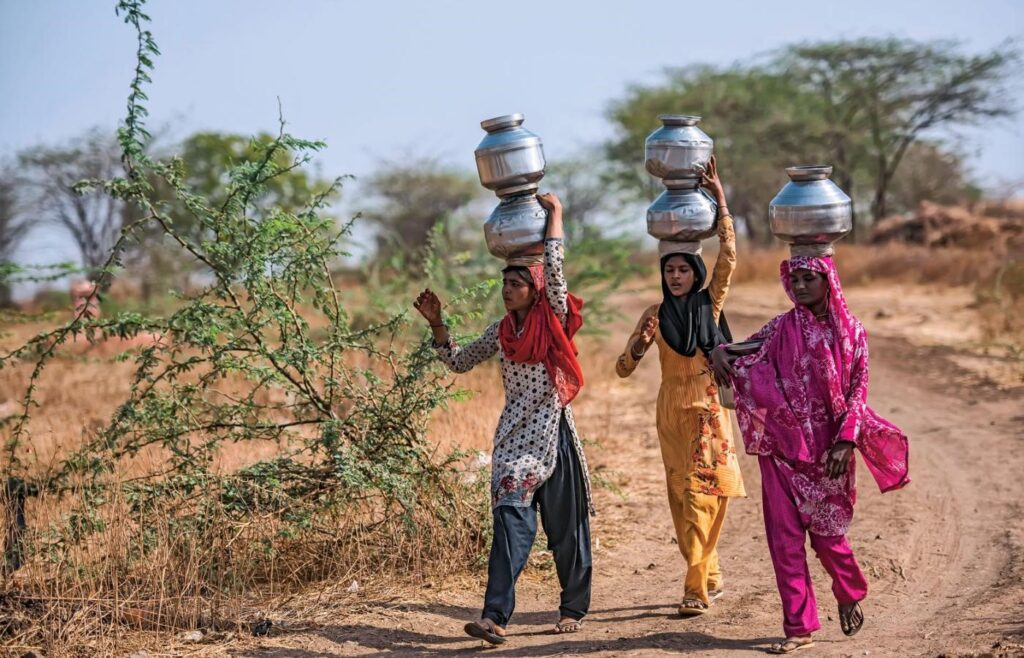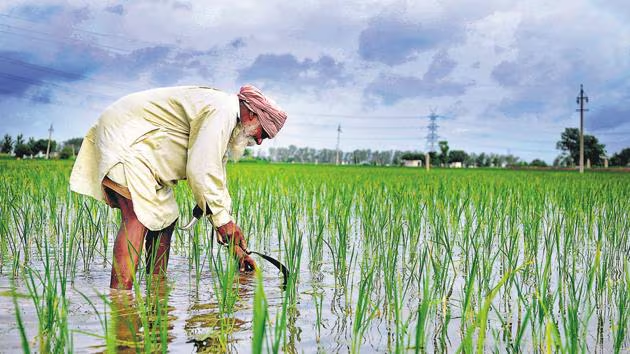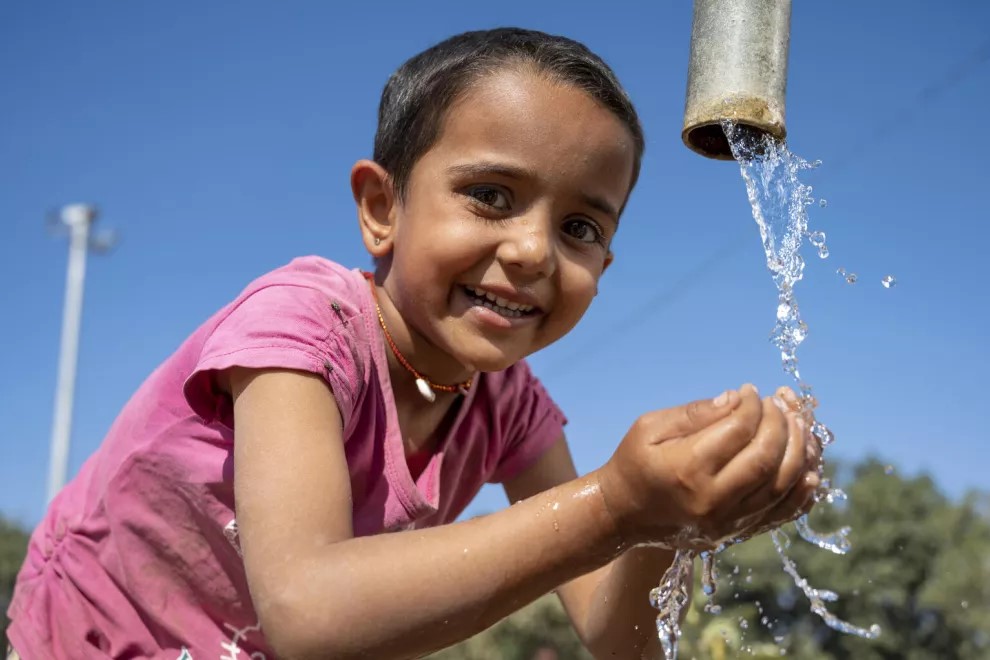
Access to clean and safe water is a basic human right that is essential for the health and well-being of individuals, families, and communities. However, in many parts of the world, including villages in India, access to clean water remains a significant challenge. Lack of access to clean water can lead to a myriad of health issues, including waterborne diseases such as cholera, dysentery, and typhoid. In addition, the burden of collecting water falls primarily on women and children, who often have to walk long distances to fetch water from unreliable sources such as rivers and ponds.
Community-Based Water Storage Projects
In recent years, community-based water storage solutions have emerged as a sustainable and effective way to improve water access and quality in Indian villages. These projects involve the construction of water storage facilities, such as tanks, reservoirs, and bore wells, that are owned and managed by the community. By working together, community members can ensure a reliable supply of clean water that meets their needs and is accessible to all.
Rainwater Harvesting: Villages collect rainwater from rooftops and store it in tanks or reservoirs for drinking and household use. This method utilizes seasonal rainfall to create a reliable water supply.
Community Wells and Borewells: Communities construct and maintain communal wells or borewells to access groundwater. These are equipped with hand pumps or solar-powered pumps for water extraction.
Piped Water Systems: More developed projects establish piped water systems connected to centralized storage tanks. This infrastructure delivers treated or untreated water to households, improving convenience and reducing manual water retrieval.

Impact on Health and Daily Life
The impact of community water storage projects on health and daily life in Indian villages cannot be overstated. By providing a reliable supply of clean water, these projects have helped reduce the incidence of waterborne diseases and improve overall health and well-being.
Improved Health: Access to clean water reduces waterborne diseases like cholera, typhoid, and diarrhea, prevalent in areas with poor water quality. Clean water enhances hygiene practices and promotes better health outcomes, particularly for vulnerable populations.
Time Efficiency: Reliable water access near homes reduces the time spent fetching water from distant sources, particularly benefiting women and children. This time savings allows for increased participation in education and economic activities.
Agricultural Benefits: Adequate water supply supports year-round agricultural activities, contributing to food security, income generation, and resilience against climate variability.
Community Empowerment: Participatory water management builds unity and shared responsibility among villagers. It strengthens social bonds and enhances community resilience to future challenges.

Conclusion
Community water storage solutions are pivotal in advancing clean water access and improving quality of life in rural Indian villages. These initiatives not only address immediate water scarcity but also promote sustainable development by empowering communities to manage and conserve water effectively.
As India continues to address its water challenges, expanding and supporting community-based water storage projects will be crucial. These efforts safeguard public health, foster economic development, strengthen social cohesion, and ensure environmental sustainability in rural areas. By investing in inclusive water management strategies, India can achieve lasting improvements in water access and quality, securing a brighter future for its rural communities.


